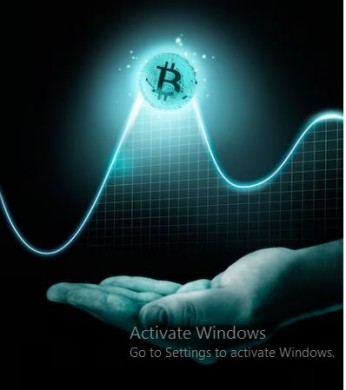Blockchain comprises two different kinds based upon its source code. If the source code of blockchain is open, then it is known as a public blockchain, and if it’s closed, it is a private blockchain. So based on blockchain, there are two different criteria of digital currency; the first criteria is a public cryptocurrency like bitcoin and Ethereum, and the second is a privacy-focused virtual coin like Monero. On the Bitcoin Prime app you can buy both types of coins.

Privacy-focused cryptocurrency doesn’t comprise only a private blockchain as technologies like stealth addresses also make these virtual coins privacy-focused. Earlier, Satoshi Nakamoto referred to blockchain as an ultimate chain of blocks.
Blockchain is thoroughly hash linked in nature. Each blockchain comprises three different units, the first is P2P, the second is the mechanism enabling trustless transactions, and the third is the blockchain itself. Here are some essential terms related to the fundamental technology of the cryptocurrency network.
Bitcoin
You might wonder why bitcoin is a basic term related to blockchain. If Satoshi Nakamoto had not developed bitcoin software, people would not have discovered this lethal fintech combination of blockchain. Satoshi Nakamoto introduced blockchain. After bitcoin’s blockchain, people started to modify the authentic version and created their subsets.
The first few models were similar to the blockchain of bitcoin with little or no modification. However, in 2014, developers of Ethereum created a revolutionary decentralized blockchain model having the power to take decentralized finance one step further. Nowadays, there are numerous competitors of Ethereum like Binance bright chain and Cardano. However, Ethereum remains an authentic and trustworthy platform for creating decentralized applications, NFT games, and other cryptocurrencies.
Block
The official white paper of BTC demonstrated blockchain as a structured hash linked chain of blocks. In short, blockchain is made from the smaller fragment that is blocked. The exchange data is collected and transferred to a solo block every 9.5 minutes in the bitcoin network. In the standard blockchain, the data each block can hold is up to one megabyte. Therefore, miners cannot avail of the block reward until they fill this block with data of one megabyte.
Usually, blocks are comprised of two headers and four smaller components. The headers and components can vary based on the blockchain model. Hashing algorithm usually a one-way data function ensures that mutating data inside blockchain devoid making variations in the aftermath blocks an impossible progression.
Mining
Whether bitcoin mining or Ethereum, this activity solves similar problems in each cryptocurrency network. Mining is mandatory for blockchain technology. This action helps blockchain to scale. Scalability is a significant issue for digital currencies structured on POW.
Miners ensure that blocks comprise validated information of exchange. To ensure validation and authentication of transactions in a cryptocurrency network, miners have to contribute to dedicated mining machines.
Double Spending
Blockchain’s source code does not allow any activity related to double-spending. Double spending is somewhere similar to counterfeiting money. For example, suppose you have a one-dollar bill and spend the same one-dollar bill to buy two items at different stores. In real life, it might sound impossible, but there were a few incidents of double spending in the cryptocurrency community. In short, sending the same BTC unit to two diversified wallet addresses is not possible in the cryptocurrency network due to the source code of the blockchain.
Proof of Work
As discussed above, blockchain technology comprises three aspects: peer to peer, second is consensus mechanism, and third is the blockchain itself. Proof of work is a widespread consensus mechanism. Proof of work is not resistant to the application-specific integrated circuits, and it necessitates the usage of powerful mining machines for the sole purpose of transaction validation. With proof of work, bitcoin can execute transactions in a trustless manner. Proof of work is not a mere consensus mechanism existing at the instance.
Proof of burn, proof of stakes, and proof of history are other famous consensus mechanisms. Considering the energy efficiency of POS digital currency, developers have decided to implicate their project on this consensus mechanism. If proof of work becomes ASIC resistance, it can improve the efficiency of the mining ecosystem.
The above-listed portion describes everything about blockchain terms to better understand blockchain.


 Hot Features
Hot Features













